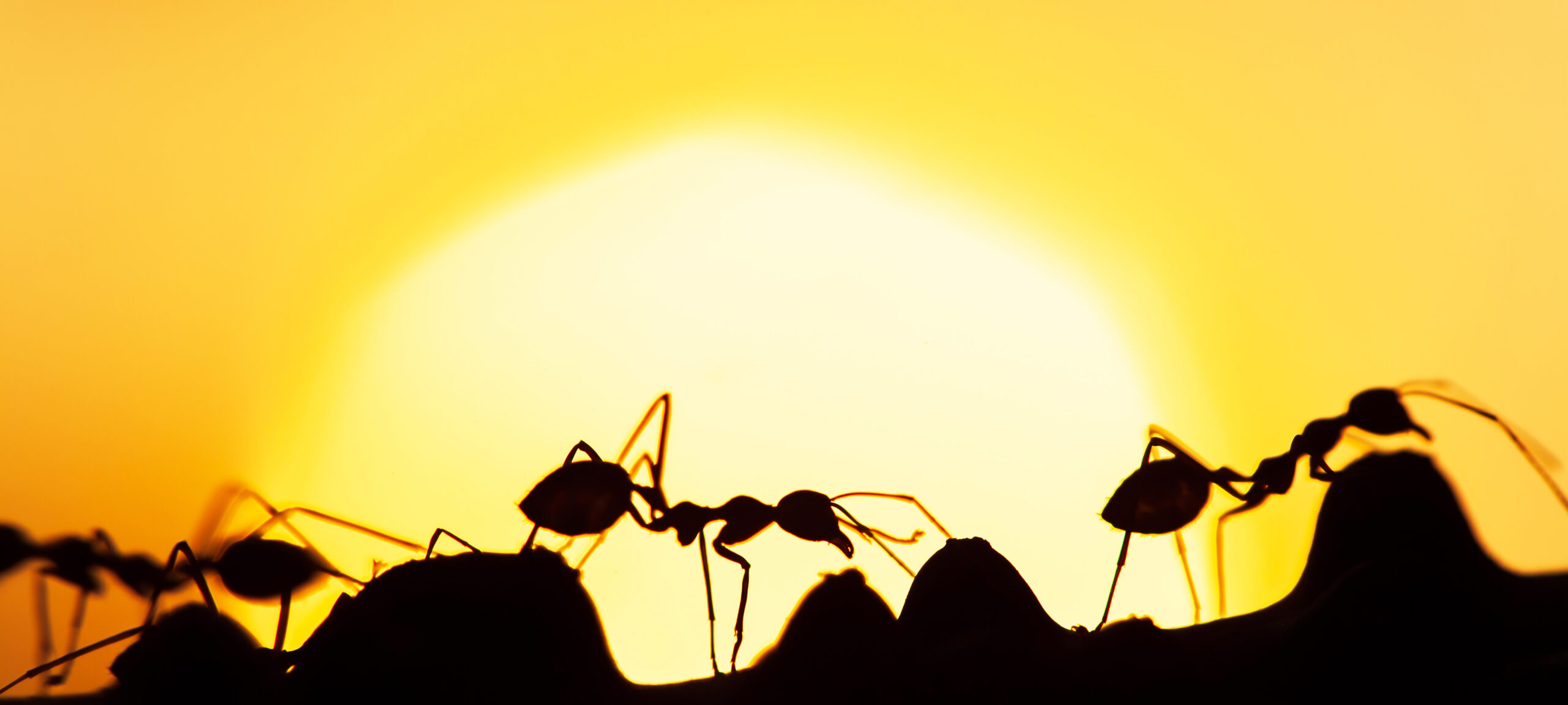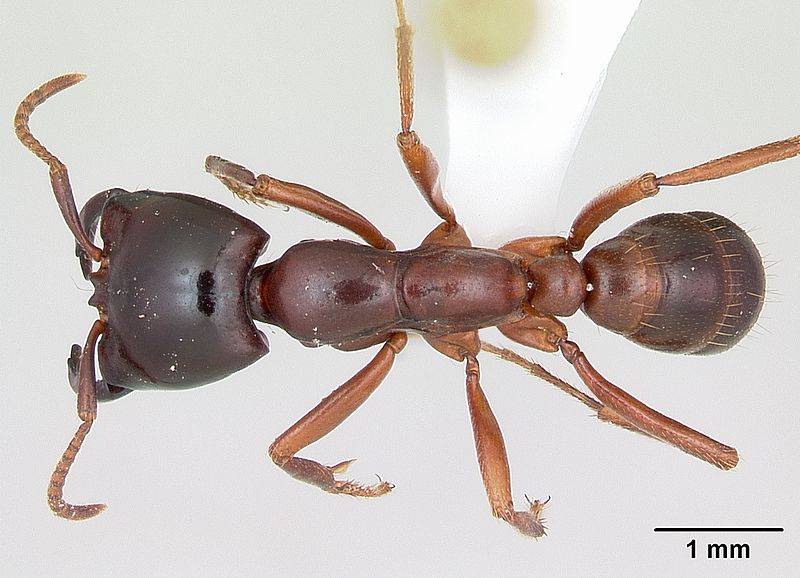
Imagine if your first instinct during an epidemic wasn’t to wear a mask or stock up on groceries, but instead to start rearranging and remodeling your house. As it turns out, researchers have found that black garden ants (Lasius niger) do exactly that when confronted with the threat of disease. These tiny architects instinctively spring into action, redesigning their nests in various ways to slow the spread of infection and protect their crowded colonies where diseases can easily spread.
Read more about the research and see how these findings offer insights into how spatial changes – both in ants and potentially in human environments – can help limit the risks of infection.
Continue reading “Extreme Makeover, Epidemic Edition: Can Ants Modify Their Nests for Survival? “
